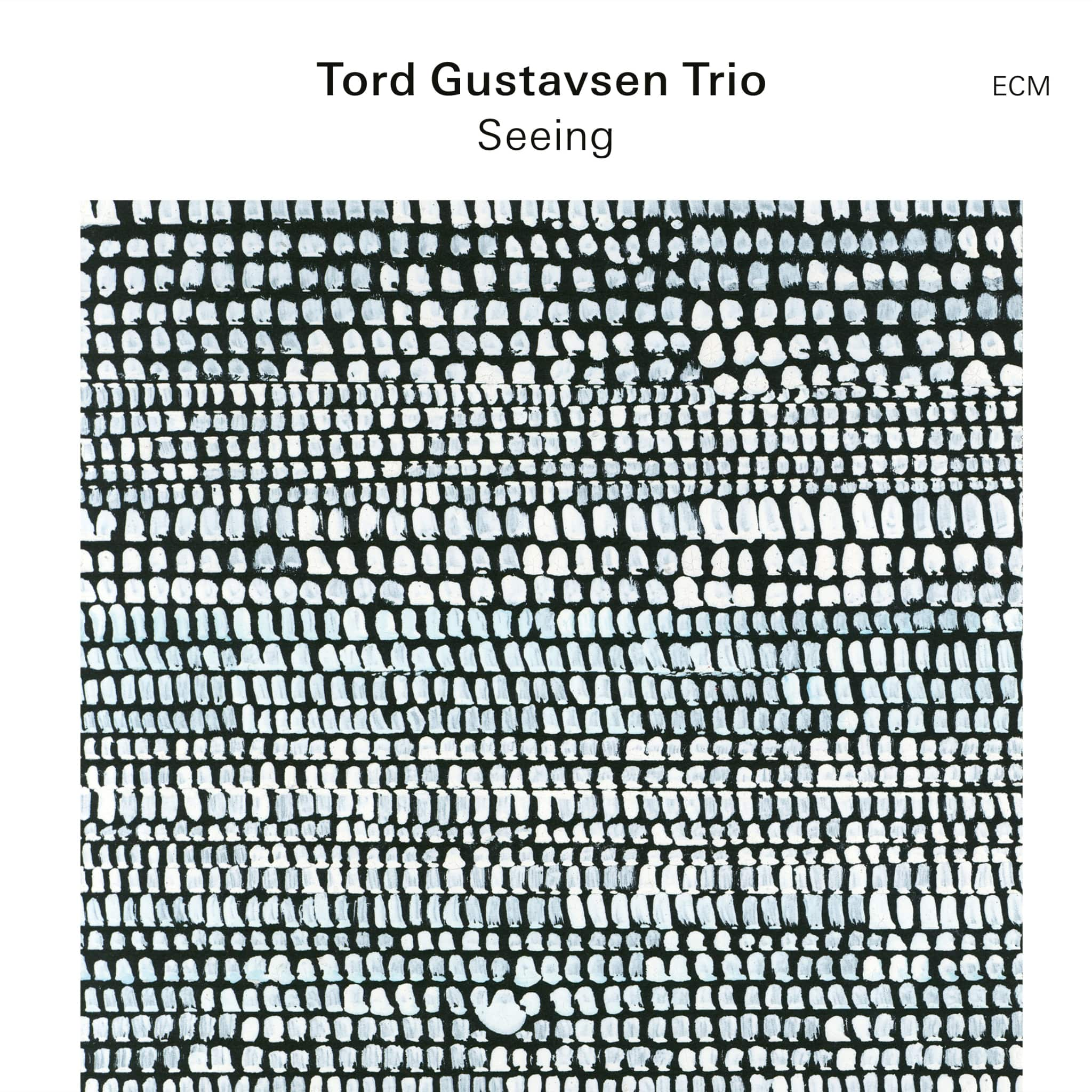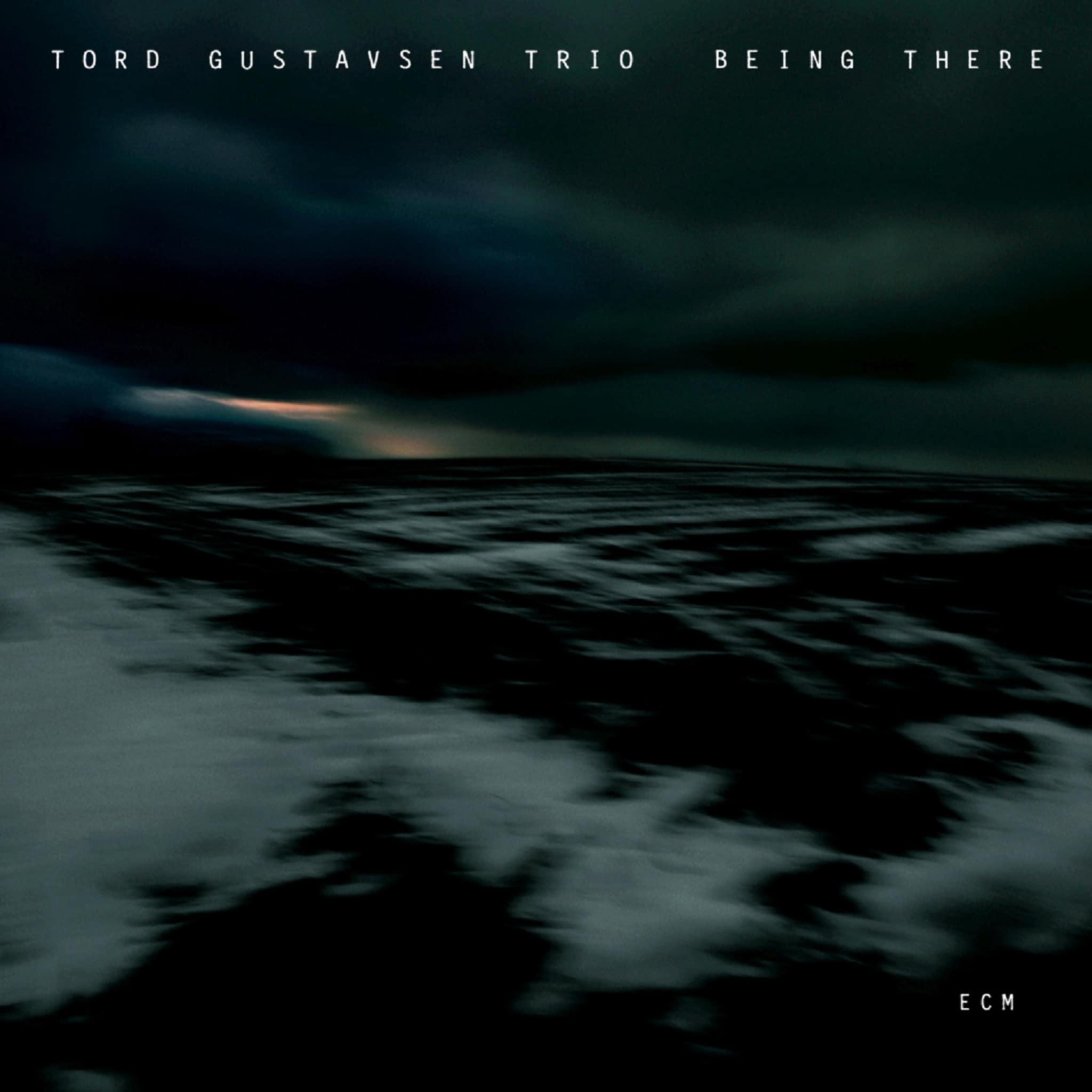Album insights
Arnold Schönberg warns against overestimating analysis, emphasizing the importance of understanding what something is rather than how it is created. In a casual conversation, composer George Tsontakis shares insights on his work, linking his creative process to vivid imagery and a focus on expression. Exploring his composition "Man of Sorrows," Tsontakis reveals influences and thematic inspirations woven into the piece.
The conversation delves into the essence of music, highlighting Tsontakis' dedication to conveying meaning through his compositions. "Man of Sorrows," premiered in 2005, holds religious depth and complexity, drawing from Beethoven's Diabelli Variations and reflecting a dedication to pianist Stephen Hough. Tsontakis draws artistic fuel from Byzantine icons and explores themes of balance and symmetry, creating a piece rich in depth and emotional resonance.
The piece intricately weaves elements of sixes and threes, symbolizing incompleteness and unexpected outcomes. Tsontakis' work bridges the divine and human through poignant chords and expressive melodies, capturing the essence of human existence. The movement titles, chosen for their poetic and evocative qualities, guide listeners through different emotional landscapes within the composition.
Exploring the music of composers like Schönberg, Berg, and Webern offers insights into the evolving artistic landscape of the early 20th century. Schönberg's compositions like the "Six Little Piano Pieces" reflect the experimental spirit of the time, resonating with audiences even today. Berg's Piano Sonata, known as a milestone of musical development, showcases his harmonically adventurous style rooted in late Romantic traditions.
Webern's Variations for Piano, op. 27, challenges listeners with its abstract nature and vivid expression, drawing parallels to Schönberg's pursuit of emotive clarity in music. The delicate nuances and passionate instructions underpinning Webern's work reveal a composer striving for profound emotional resonance and artistic expression.
Tsontakis' composition "Sarabesque" showcases his affinity for the piano, diverging from traditional approaches to evoke a rich and expansive musical landscape. The integration of music and imagery is evident in the selection of artwork for the recording, underscoring the interconnectedness of different forms of artistic expression.
Through the words of Arnold Schönberg, the essence of artistic creation as a necessity rather than a skill is elucidated, emphasizing the profound drive that propels creative endeavors. The pursuit of artistic expression is portrayed as a deeply ingrained compulsion, transcending technical proficiency to embody a sense of inner calling.





